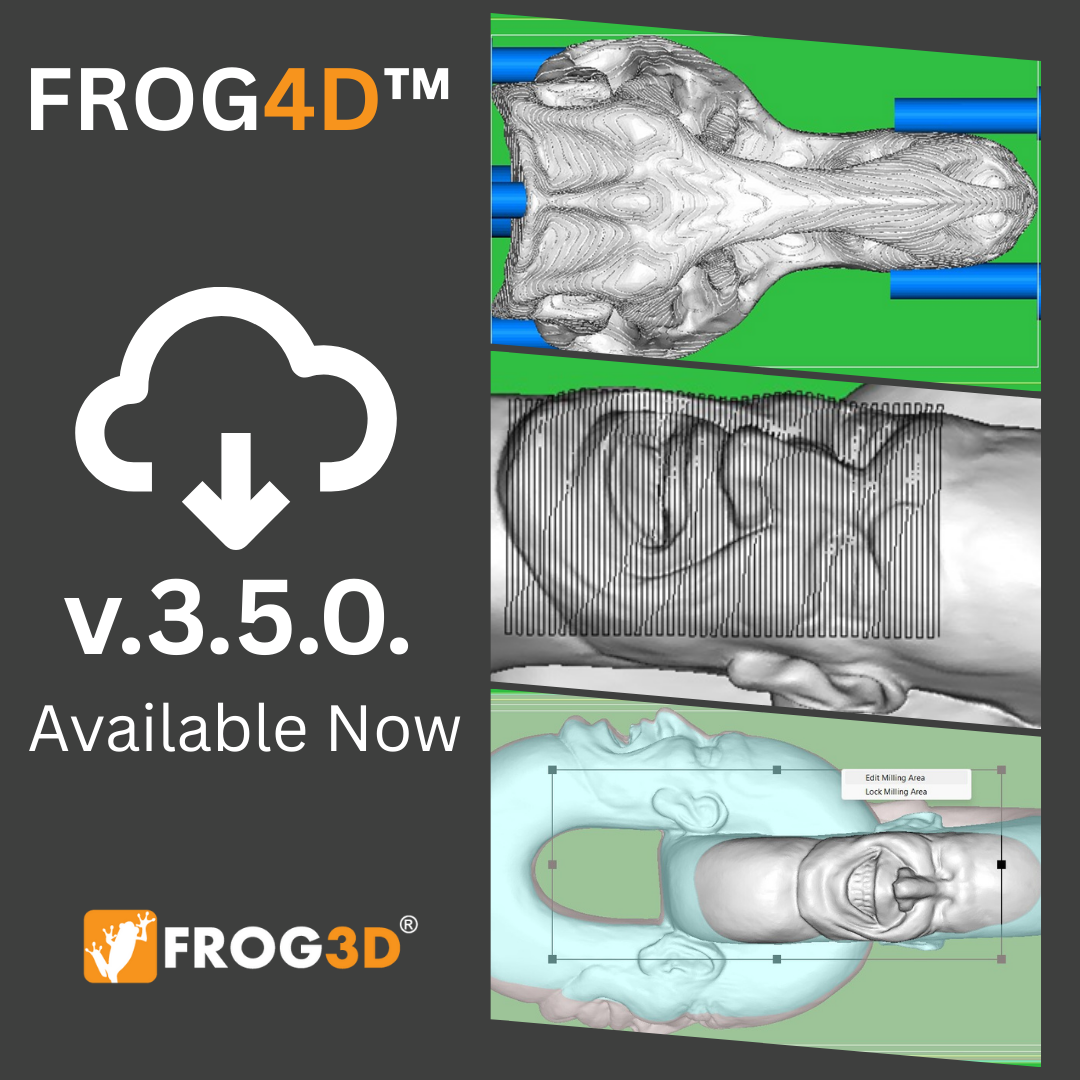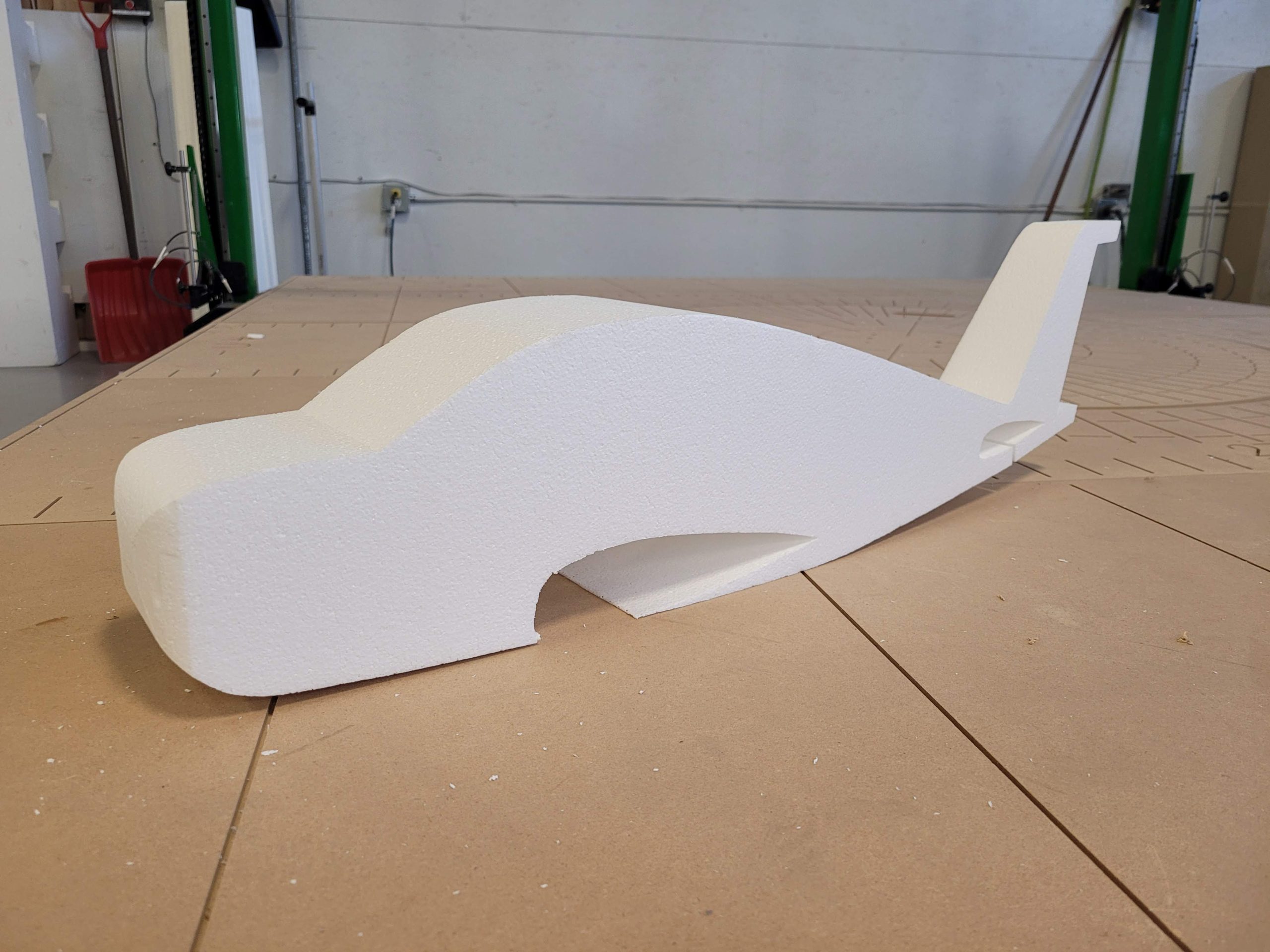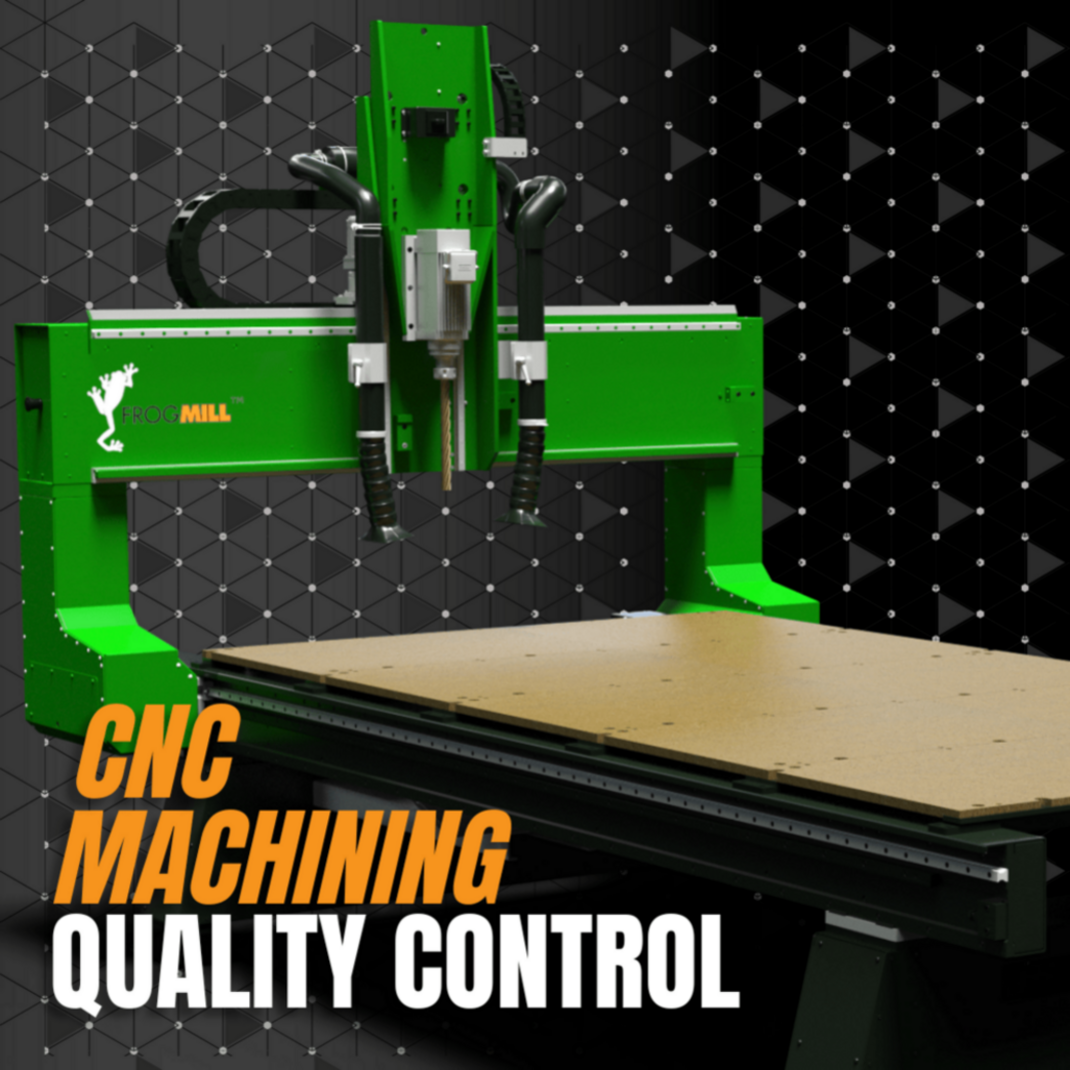Backlash: The play between two moving parts (rack and pinion); it can also be commonly understood as the jarring action when the parts are put into action.
Feedrate ramping: The rate at which the axis speeds up or slows down during direction changes. Start and stop is generally pretty fast for CNC systems.
Deflection/Deflection Tool: When the tool is pushed away or pulled into its intended path. The longer the tool, the greater chance of tool deflection. This should be avoided if possible, either during the programming process or during machining.
Chatter: A symptom of deflection, leaving a rough surface on the cut material.
Tolerance: The fluctuations a tool has to the actual design. The accuracy of the tools.
Deck: The mounting surface of your machine, or bed. In general, it is the lower limit of the toolpath.
3+1 vs 4-axis: The way a multi-axis machine is used. 3+1 axis refers to 3-axes machining with an additional axis that operates between cutting planes to reorient the piece or tool. 4-axis refers to using all 4-axes in machining and working simultaneously.
Raw Stock: The starter piece that is made for conduction subtractive machining.
Datum: A reference point related to the processing files. An example of a datum point would be a specified corner of your raw stock material.
DRO (Digital Readout): Where the coordinates on the CNC system are displayed. It helps to track the system’s position.
Fixtures: The different kinds of mechanical hold downs/guides used to secure/position the raw stock. Normally this consists of jigs, or mechanical clamps.
Climb/Conventional: Direction of where the raw stock is moved into the cutting edge of the tool. When working with wood, the grain direction can affect the cut quality. Clockwise vs Counter clockwise movement.
CAD/CAM: The design and tooling software to generate the 3D model, and toolpaths needed for machining, Machining options can be altered, like tool selections, feed rates, and milling strategies.
Post-Processor: The interpreter between the machine and the CAM software, translates your machining strategies and converts it to a language that the CNC machine can understand and act on. This post-processor generally exports a G-Code or an NC file but may be different and is dependent on the particular machine.
We hope that this guide will help you when working with your CNC equipment, and reach out to Streamline Automation today to find out how we can help your production soar to new heights!




